- Home
- Electronics Batteries
- Electronic Communication Equipment
- Audio Equipment
- Two Way Radios Accessories
.....Read More
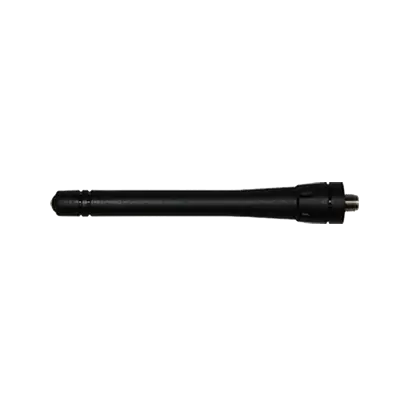
Antenna Accessories & Replacement Parts for Two-Way Radios
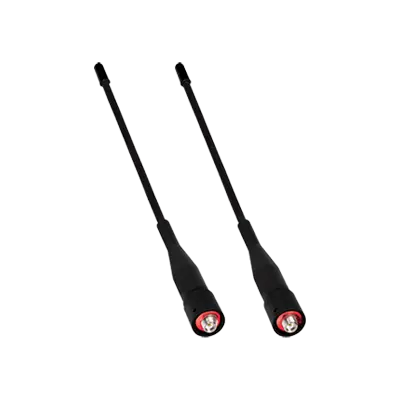
Antennas for Two-Way Radios

Antenna Tuners for Two-Way Radios
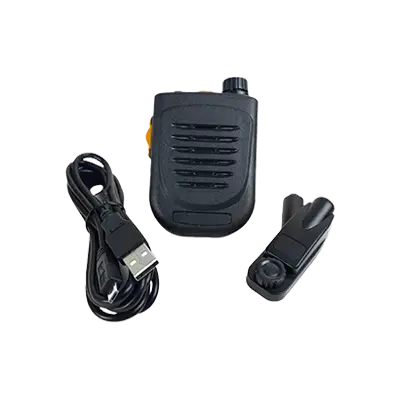
Audio Accessories & Replacement Parts for Two-Way Radios

Audio Adapters for Two-Way Radios
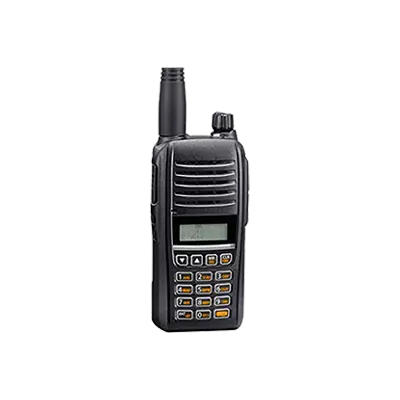
Aviation Two-Way Radios
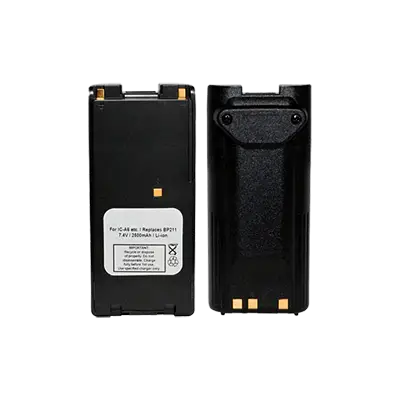
Batteries for Two-Way Radios

Belt Clips, Cases & Harnesses for Handheld Radios

Call Boxes for Two-Way Radios
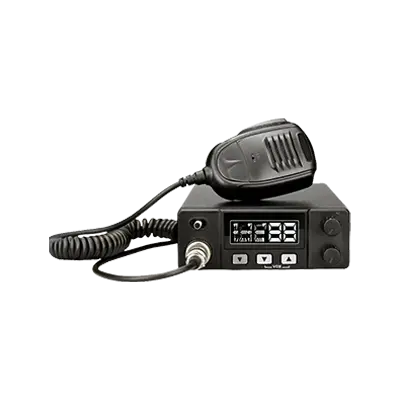
CB Two-Way Radios
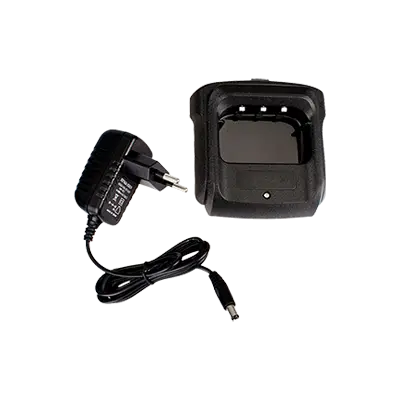
Chargers & Power Cords for Two-Way Radios

Earpieces & Headsets for Two-Way Radios
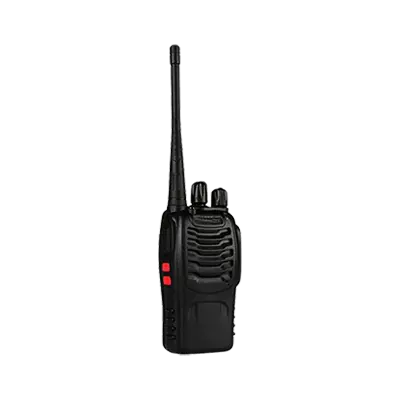
Handheld Two-Way Radios
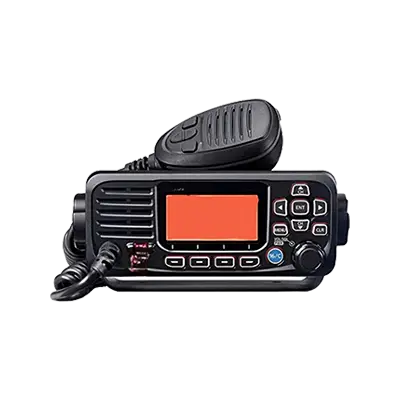
Marine Two-Way Radios
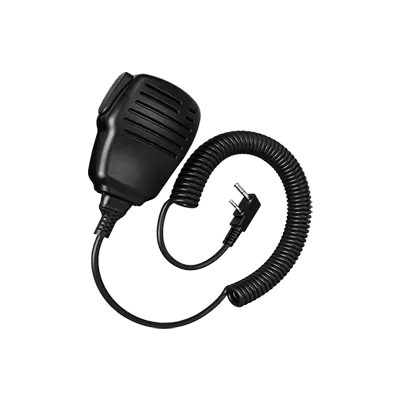
Microphones & Speakers for Two-Way Radios

Mounting Hardware for Vehicle-Mounted & Desktop Radios

Police Scanners

Power Accessories & Replacement Parts for Two-Way Radios

Programming Cables & Software for Two-Way Radios

Radio Dispatch Programming Accessories
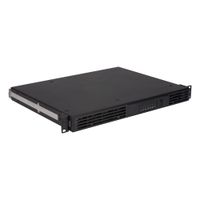
Repeaters for Two-Way Radios

Vehicle-Mounted & Desktop Two-Way Radios
Frequently Asked Questions
What is the range of two-way radios?
How do I choose the right two-way radio for my needs?
How long do two-way radio batteries last?
What are the best audio accessories for two-way radios?
How do I program frequencies into my two-way radio?
Can two-way radios work with repeaters to extend range?
What are the legal requirements for using two-way radios?